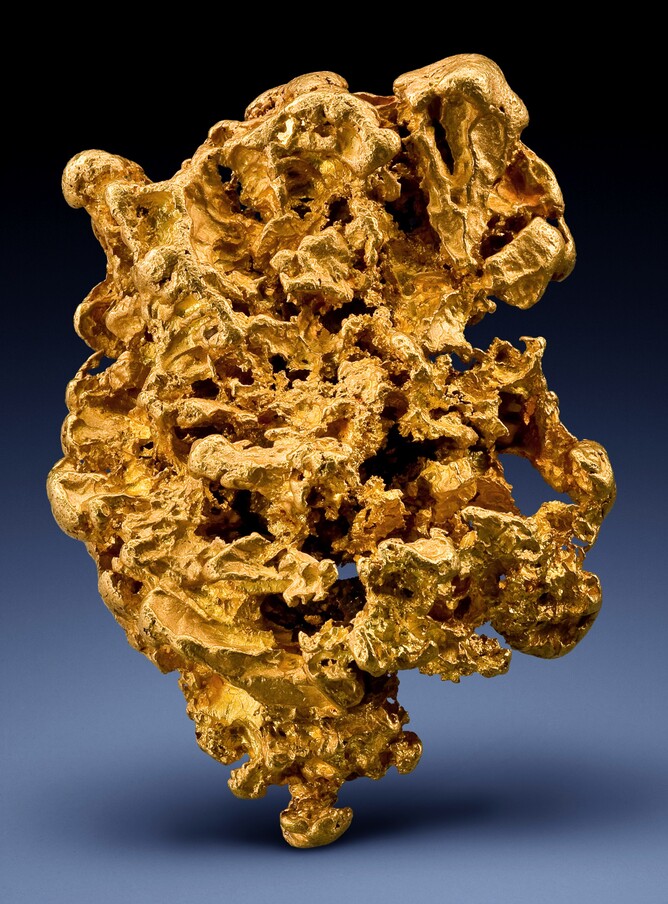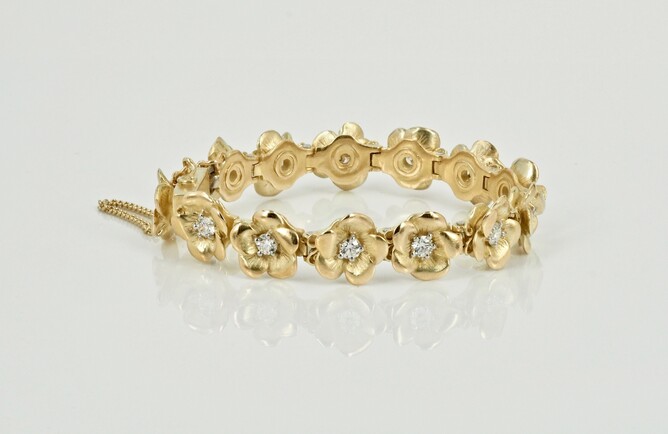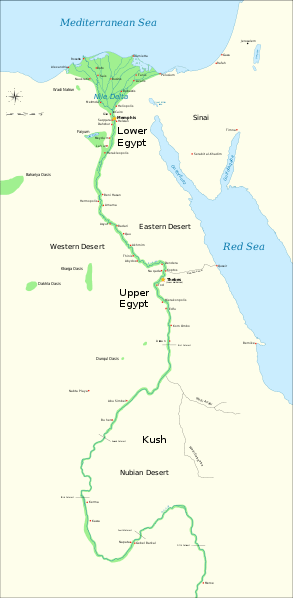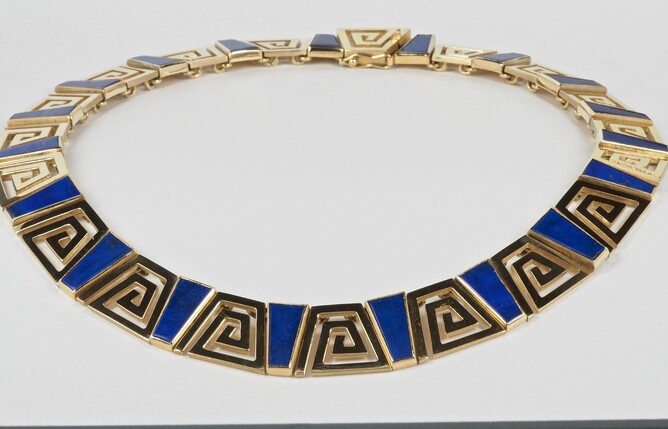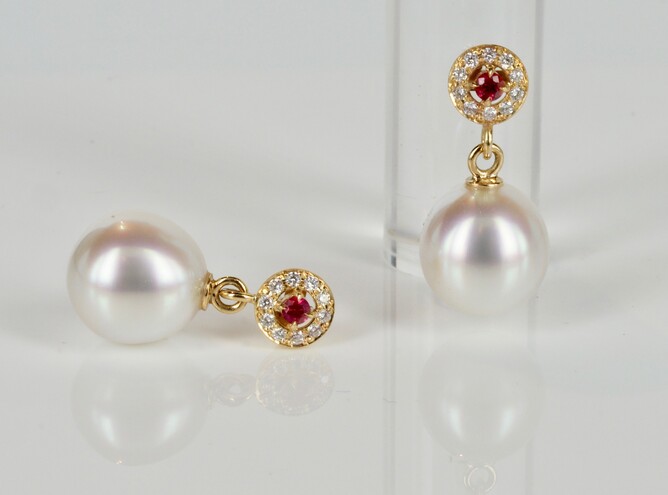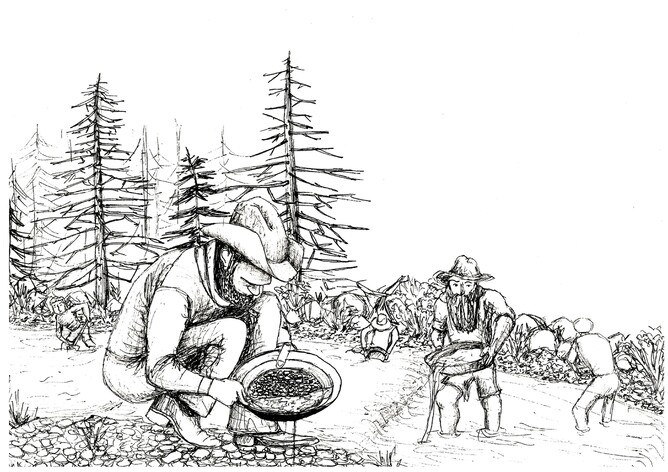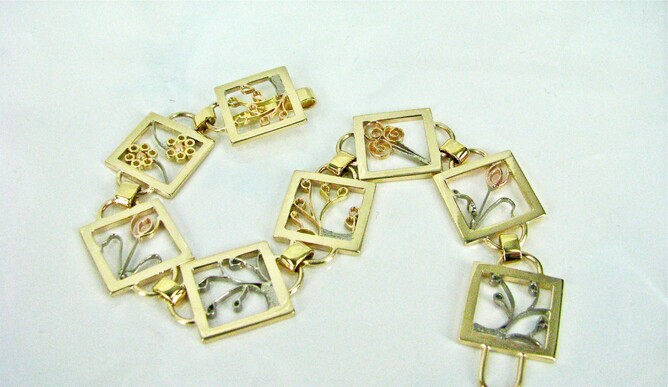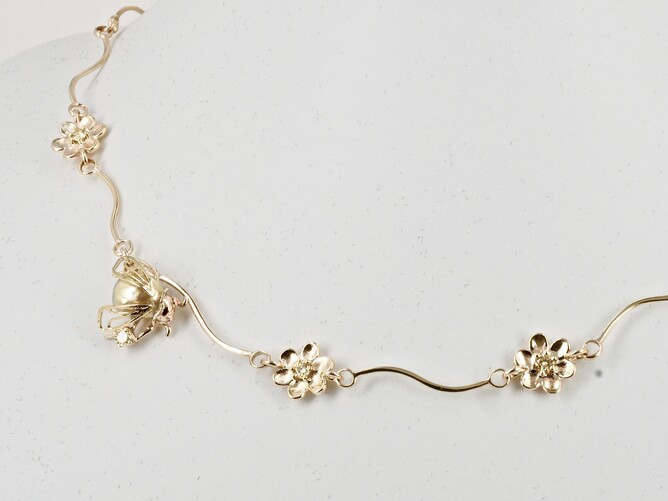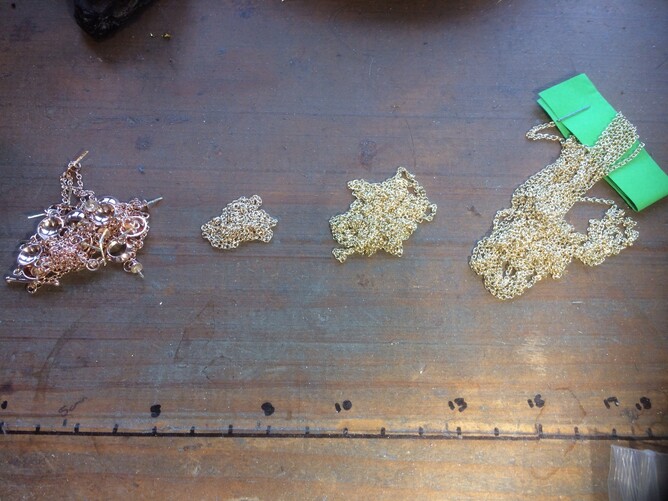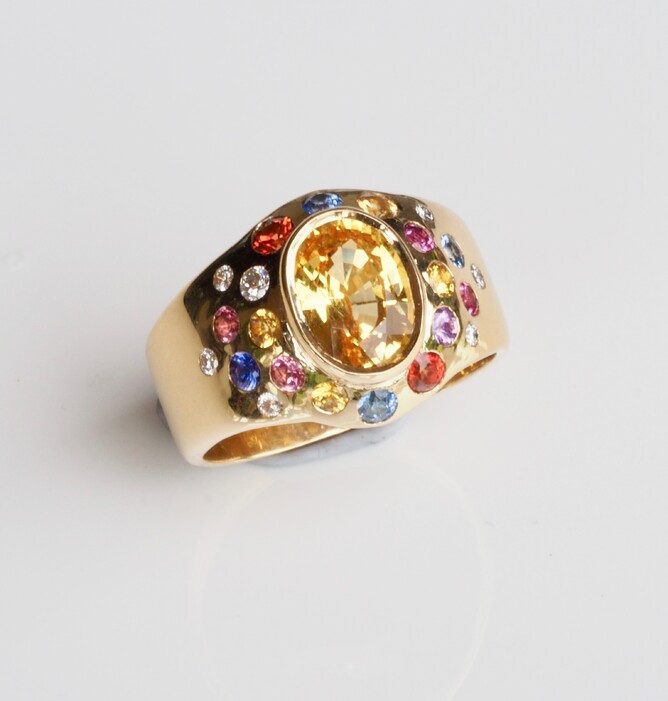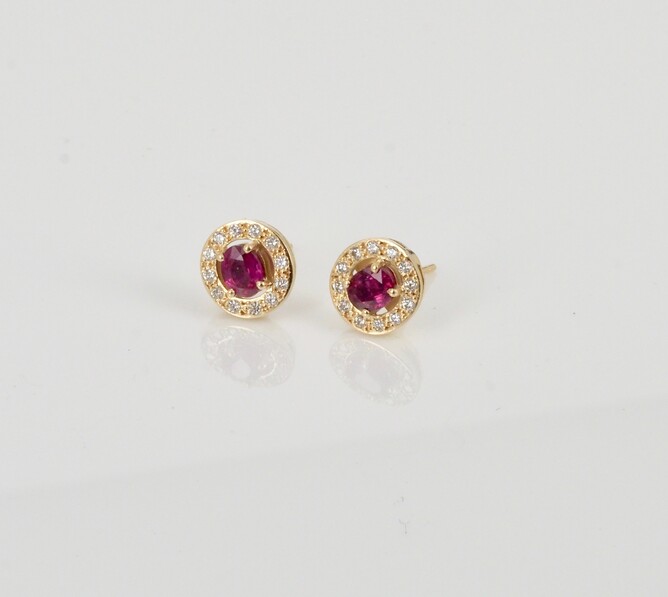Before the earth began, there was gold.
A collision of neutron stars, a force of energy beyond our imagining is believed by some to have been the process which created gold.
The formation of our earth was without a doubt a complex event. And so to try and explain how gold was incorporated in our earth’s crust is one I will leave for others to discuss.
However with the possibility of such an extraordinary beginning, is it any wonder that gold is so beautiful?
How much of earth is gold?
It is said that for every billion parts of earth, 4 of those parts will be gold.
So to be blunt ‘bugger all.’
To date 155, 000 tonnes of gold has been mined. If all of it was melted it could be made into a 20m x 20m cube and 90% of this is still in use today.
Iron as a comparison occurs 26 million more times than gold.
I assumed that gold only occurred in the earth’s crust however, it is also found in seawater. The cost of extraction though is not economically viable.
Gold's physical and chemical properties
Gold ‘aurum’ - Latin for shining dawn, has a special position on the periodic table.
Its behaviour chemically can be described, in one way, as useless. It is a non-reactive metal - it won’t rust, tarnish or corrode.
Gold is also dense, ductile and very malleable.
One gram of gold can be hammered into a sheet measuring 1m x1m or drawn into fine wire measuring a length of 165 metres.
Its chemical ‘uselessness’, density, ductility and malleability are reasons why gold is valued so highly and of course this value is even higher because of its rarity.
A note from me - As a goldsmith, I like the fact that when working with gold, particularly of a higher carat, it doesn’t smell!
Gold's colour
Gold’s beautiful colour is also a unique attribute. To explain to you why gold is gold coloured, requires me to dive into the realm of quantum physics. Surprisingly, I am not well versed in this area and it took me a while to get my head around this explanation.
As gold is a dense metal, it has strong relativistic effects. These effects cause a smaller gap to occur between 6’s and 5’d of gold’s orbitals, thus causing blue light to be absorbed and a yellowish light to be reflected.
In short, because of gold’s density, light interacts with gold’s electrons in such a way that causes it to reflect the colour gold. (Hmmm.. which explanation do you prefer?)
Seeking gold
For thousands of years, man has sought for and used gold. Our first indication of man’s use of gold is through the ancient Egyptians, with their use of gold in jewellery and ornaments.
The oldest piece of jewellery on record, dates back 5000 years. I have often wondered where the Egyptians sourced their gold from. So whilst researching information for this topic, I decided to look it up. Not surprisingly, mines weren’t very far away.
Archaeologists believe that there were gold mines located along the Nile river, with some reaching as far as 800 miles south of Cairo. A significant source of gold was from a place called Nubia, which is now part of modern day Sudan.
Every now and then, I get to make something quite extraordinary. Pictured below is a necklace I designed and made for a client more than 13 years ago. It was months of work, including the sourcing of lapis lazuli rough and having it cut. The Greek key's are solid 18ct yellow gold, so as you can imagine it is quite heavy!
Gold coins
Gold coins took some time to arrive and the first civilisation to create them were the Lydians, (a culture of people from an area that is now known as Western Turkey) in 700BC.
Gold’s durability made it a particularly good metal for use as coins. A stash of gold coins could remain under the floorboards or in a treasure chest at the bottom of the ocean, shiny and intact, forever.
The word ‘forever’ is what inspired the alchemists to try and make gold. They believed that if you could make gold, then you would hold the secret to eternal life.
New lands
When conquering civilisations sent out their explorers on horseback or in ships sailing the seas, they were looking for new lands and riches, one of which was gold and of course………pearls. (Just had to sneak that in there.)
Beautiful gem grade Australian South Sea pearls with rubies/sapphires and diamonds set in 18ct yellow gold.
Gold rush!
The merest whisper of the word ‘Gold’ in the late 1700’s to late 1800’s, would see men run and turn feral in the wilderness of Alaska, America, Canada, Australia and New Zealand. They would dig and sieve the earth’s crust in the hope of finding their fortune in the form of gold.
A small note of interest – New Zealand produced more gold out of its gold rush than California did.
Large townships erupted near gold fields and I suspect that the best money to be made was by owning a hotel, a brothel, or a supply store.
Gold mining today, like most forms of mining, is invasive and destructive to our landscape.
On a positive note, I am happy to tell you that 90% of my supplier’s gold is recycled.
Commissioned art work by Rachel Ink Art.
Gold and alloys
Pure gold, know as 24 carat gold, can be turned into jewellery but its softness will not allow it to maintain its shape for a reasonable length of time.
So to help gold maintain its shape, we alloy it with other metals.
Gold is then expressed by how many parts of it is pure gold eg; 9ct gold is 9 parts pure gold and 15 parts alloy. 9ct jewellery will be stamped as 9ct or some jewellers prefer to stamp it as 375 (375/1000. A solid, pure gold bullion bar is 1000gms.)
18ct gold will be 18 parts pure gold and 6 parts alloy. 18ct jewellery will be stamped as 18ct or 750 (750/1000).
I wanted to share with you the proportions of alloys in various carats of gold. However, it appeared that I was stepping over a line by asking my suppliers this question!
People that alloy their metal are very secretive about their recipes.
For yellow gold, the main alloys are copper and silver and to make the metal pinker or redder in colour, the copper content is increased.
White gold is usually alloyed with platinum or palladium.
It puzzles me how 18ct white gold, which is 18 parts pure gold and 6 parts white metal, can turn out white (or actually a bit grey in colour).
Undoubtedly this will once again be to do with light’s interaction with the electrons of the metal, but I must apologise, as I have not sought out a detailed answer for you!
Because 18ct white gold is quite grey in colour, many jewellers will rhodium plate their finished pieces to give it a bright silvery finish.
This is something I prefer not to do, as it needs to be re-done every so often and leaves a client in a perpetual bind.
There is an exception to my rule of not rhodium plating and that is when I buy manufactured 18ct white gold chain – it is unsaleable if it is not rhodium plated.
Pictured below is a bracelet representing the seasons. It was a commission piece for a client and it incorporates 9ct, 14ct and 18ct and the four different colours, yellow, pink, red and white. You will see the winter tree is 18ct white gold and is greyish in colour.
This sweet delicate necklace has gold diamonds in the centre of each flower. The bee is a gold and white South Sea keshi pearl with a gold diamond on its leg.
Gold expressed as carats
A question I wanted to answer for myself when I embarked on research for this blog, is why the term ‘carats’ is used with gold, when it is a term generally used as an indication of weight?
Also, why the number 24 – as opposed to say, 36 or 40?
It took me a while to find a source that thought these questions worthwhile answering.
Here is an answer I found, courtesy of Encyclopedia Britannica:
The system of indicating the relative properties of gold originated with a medieval coin called a ‘mark.’ A mark weighed 24 carats (In this case the carat was the same as that used in the weighing of gems and was theoretically equal to the weight of the carob seed, from the carob tree.) Pure gold could not be used to produce marks because it was too soft, so copper or other metals were added to produce a hard alloy. The purity of the coin was then expressed by the proportion of its carat weight that was actually contributed by gold.
For your information - Seeds from the carob tree are meant to be quite uniform in weight - 0.20gm.
18ct yellow gold ring with Sapphires, diamonds and pink spinels.
How many different carats are there?
I had intended to write you a long boring list of the carats and colours that you can buy jewellery in, under the assumption that you could read it with a Forrest Gump accent, however, a learned authority felt this would not necessarily work for most people.
So here’s a summary. Alloyed gold can be bought in four different colours, yellow, pink, red and white.
These four different colours can then be bought as, 9ct, 10ct, 14ct and 18ct. 22ct gold is usually just yellow.
You will have noticed 10ct gold on the list. It is not a carat of gold used for jewellery here in NZ or possibly Australia but it is the minimum fineness of gold allowed in America. To be fair I am not sure that 10ct is an enormous improvement on 9ct, but I guess a line has to be drawn somewhere.
A bit of interest...
A pharmacist at the goldsmith school I attended, many moons ago, made purple gold. It was very beautiful, but quite unstable. He carefully set it into a pendant as nothing else could be done with it.
Why do we have 9ct gold?
As there is so little gold in 9ct gold, it is a good question to ask why do we actually have it?
There is really only one reason and that is price. It is a more affordable metal.
Many people believe and are possibly told by jewellers, that 9ct gold is the gold of choice because it is a more durable metal than 18ct gold - this is a complete misconception.
Remember that gold is dense, so the lower the carat the less dense the metal. Something that is dense will wear better than something that is light.
Computers, phones and gold
Did you know that most computers and phones have a small amount of gold in them?
Gold is a good conductor of electricity and it won’t corrode or tarnish like copper will.
There is a start up company called ‘Mint Innovation’ who are developing microbes to eat E (electronic) waste and extract the gold.
(Click here if you want to read more about them ‘Mint Innovation’)
Conclusion
This extraordinary metal is still highly prized, sought after and used in our society today, as much as it was thousands of years ago.
I will leave you with a tale of Gold, Gems, Greed and Death, from the writings of Mas’udi.
After reading this excerpt you may wonder if it was the inspiration behind Indiana Jones and other tomb raiding movies?
Mas'udi, an Arabic traveller who loved to write of life, religion and his travels was born 890AD died in Egypt 956AD.
(Of course, having read my previous blogs, you will already know who he is….)
‘Abd al-‘Azīz ibn Marwān (governor of Egypt, 685-705) was governing Egypt in the name of his brother ‘Abd al-Malik, he was visited by a man who wished to give him some information. ‘Abd al-‘Azīz asked him what it was about, and the man said, ‘Under such and such a dome there is a great treasure.’ ‘Abd al-‘Azīz said, ‘What evidence do you have of that?’
‘A pavement of different-coloured marbles will appear to us not very far down. Digging farther, we have to remove a door made of bronze, above which is a golden column. On top of the column there is a golden cock; his eyes are two rubies worth more than the revenues of the entire world. His wings are encrusted with rubies and emeralds and his claws grip plates of gold on top of the column.’
‘Abd al-‘Azīz immediately commanded him to be given several thousand dinars to pay the wages of the labourers hired for the excavations and all the other necessary work.
There was a large tell at the site and the men opened a vast trench in the earth, in which the marble slabs which the man had mentioned were brought to light, thus sharpening the greed of ‘Abd al-‘Azīz, who immediately made over to him new sums of money and increased the number of workmen.
As they went on digging, they uncovered the head of the cock. His appearance was heralded by a light, swift and intense as lightning, which flashed , shining and brilliant from his ruby eyes. Then the wings and then the claws of the cock appeared. Next, they found, all about the column made of different kinds of stone and marble. It was composed of arches and, above the arched doors, niches with statues and figures of people in bronze and gold. Then came sarcophagi of stone whose lids were battened down and enclosed in nets, locked with rods of gold.
‘Abd al-‘Azīz ibn Marwān came on horseback to visit the scene of the excavations and look at the discoveries. One of those present, less patient, set foot on the steps of a staircase cast in bronze which led down to the finds. When he set foot on the fourth step, two enormous swords sprang out to the left and right of the staircase, meeting at the point where the man stood and slicing him to pieces. His body rolled to the bottom of the staircase. When a part of the corpse hit a certain step, the column shook , the cock gave a strange whistling cry, which was heard at a great distance, and flapped its wings. Terrifying sounds caused by a variety of devices and instruments were heard from beneath him. As soon as an object fell on the steps or only touched them, all who were present slid to the bottom of the excavation. The labourers engaged digging and moving the work and those overseeing the workmen – some two thousand in all – perished to a man.
‘Abd al-‘Azīz was seized with terror and cried, ‘Here are ruins of the most marvellous kind to which all access is forbidden! We seek refuge in God from the evil therein!’
Then he ordered that earth from the excavations should be flung onto the bodies of the victims and that the place should remain their tomb!
Burmese rubies with diamonds set in 18ct yellow gold.
References
This blog was inspired by an interview on NZ National Radio with Professor Penelope Brothers - a lecturer in chemical sciences at Auckland University
Encyclopedia Britannica
From The Meadows of Gold by Mas'udi

